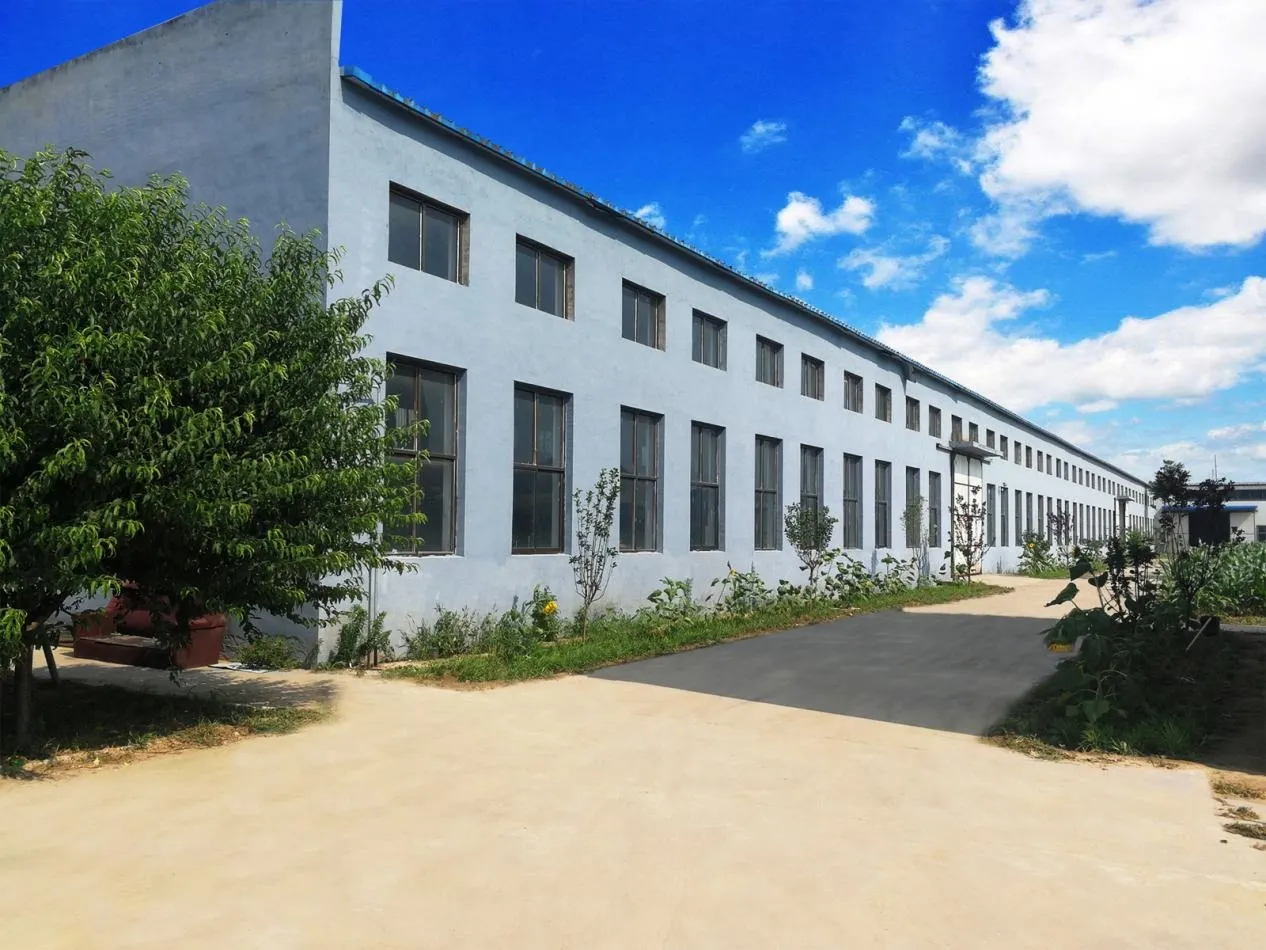10 月 . 08, 2024 17:43 Back to list
Air Ventilation Control Mechanism for Efficient Pressure Release in Systems
Understanding Air Release Valves Essential Components of Fluid Systems
Air release valves are critical components widely used in various fluid systems, including water supply networks, irrigation systems, and industrial applications. Their primary function is to release trapped air from pipelines, ensuring the efficient and safe flow of fluids. While they may seem like minor components, air release valves play a vital role in maintaining system integrity and optimizing performance.
One of the main issues caused by trapped air in fluid systems is the potential for pressure imbalances. When air accumulates in a pipeline, it can lead to a phenomenon known as water hammer, which is a shockwave created by rapid changes in fluid velocity. This can result in significant pressure spikes, leading to pipe bursts or damage to fittings and connections. By safely venting air, air release valves help prevent these situations, thus prolonging the lifespan of the entire system.
Air release valves typically consist of three key components a valve body, a float mechanism, and an outlet for air. The valve operates based on the principle of buoyancy. As air accumulates, the float drops, opening the valve and allowing the trapped air to escape. When the air is released and the fluid level rises, the float ascends, sealing the valve again. This automatic operation ensures that air is released only when necessary, maintaining system efficiency.
air release valve

There are two main types of air release valves automatic and manual. Automatic air release valves operate without human intervention, making them suitable for systems where continuous operation is essential. In contrast, manual air release valves require operators to release the air, which can be more labor-intensive but may be preferable in certain applications where control is necessary.
The installation of air release valves must be carefully planned to ensure optimal performance. They should be strategically placed at high points in the pipeline where air tends to accumulate, such as bends and summits. Proper sizing is also crucial; if the valve is too small, it may not vent air effectively, while an oversized valve could lead to unnecessary complexity and cost.
In summary, air release valves are essential for the efficient operation of fluid systems. By preventing air accumulation, they reduce the risk of pressure-related issues and protect the integrity of the infrastructure. Whether in municipal water systems or industrial applications, understanding and maintaining these valves is key to ensuring a reliable flow of fluids, ultimately contributing to the overall effectiveness of the system. Thus, recognizing the importance of air release valves in fluid dynamics is not just a matter of design but a fundamental aspect of system management across various industries.
Share
-
Understanding the Differences Between Wafer Type Butterfly Valve and Lugged Butterfly ValveNewsOct.25,2024
-
The Efficiency of Wafer Type Butterfly Valve and Lugged Butterfly ValveNewsOct.25,2024
-
The Ultimate Guide to Industrial Swing Check Valve: Performance, Installation, and MaintenanceNewsOct.25,2024
-
Superior Performance with Industrial Swing Check Valve: The Essential Valve for Any SystemNewsOct.25,2024
-
Industrial Swing Check Valve: The Ideal Solution for Flow ControlNewsOct.25,2024
-
You Need to Know About Industrial Swing Check Valve: Functionality, Scope, and PerformanceNewsOct.25,2024